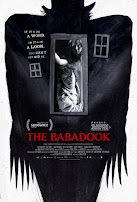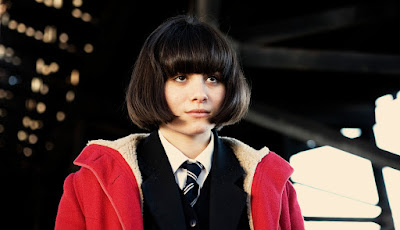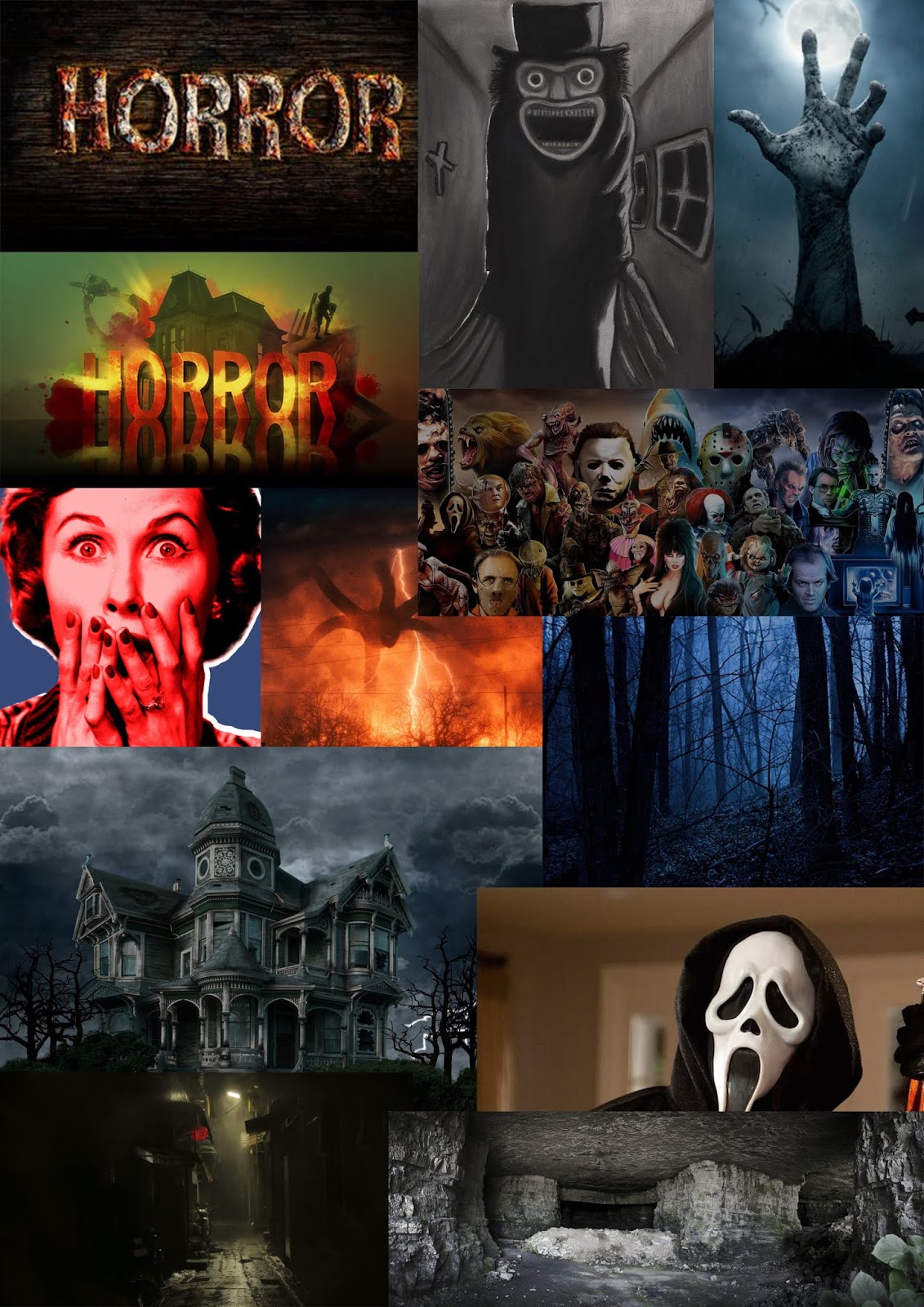
FILM STUDIES COURSEWORK The Babadook At the start of the film, it fades in and out from the scene. It fades to darkness and then fade back to the scene. The main character is shown at the start. We see that she is in a car crash and is in distress. The fading implies that the woman is having a life or death situation and is literally fading into darkness. The first sequence is almost all darkness. It is hard to make out anything that is in the scene. This could imply that there is something there that the audience and the main characters can't see. There could be something in the darkness watching them. The main character's hair is messy and dirty, this instantly shows us that something bad is happening and this is not a normal situation. It also shows that she is distressed and anxious. The opening sequence is set inside the main characters old house, this makes it more eerie and adds more of a scary effect. The Conjuring We see classic conventions of a horror film in the


